I had forgotten how quickly land dries up at this time of year. This time last week, I was wondering when we would get our first-cut silage done. On Wednesday, in glorious sunshine, the place was visibly drying.
On Thursday, we cut the grass in perfect conditions and on Friday, the contractor picked it all up and ensiled it just ahead of the rain.
It all happened so quickly that I decided that we had no option but to skip the additive I had thought about applying and which our contractor was willing to put on.
We certainly got a good wilt on the grass, but I have a view that there is a swing back to additive use to increase digestibility and help preservation.
We won’t know whether I was right or wrong until we open the pit, see how the product looks and get an analysis done. We will now get as much slurry as we can out on the rapidly greening stubble and prepare for a second cut.
Meanwhile, out on the grazing area, it is astonishing how quickly the clover responded to the sun and heat. While grass will grow at low temperatures, as long as it is over 6°C, clover needs a kinder climate, which it didn’t have for most of May.
Busy bees
The warm weather has also let the bees leave their hives. We have about 10 hives along the borders of the oilseed rape. I always feel that farmers get castigated in public for not caring about wildlife. I find this offensive, as I regard bees as highly beneficial for the crops and we take care to ensure that we only spray the crop when they are safely in their hives.
For the last week or so, they have been really active among the oilseed rape flowers, which are just now beginning to fall – they will then swing over to the beans, which are a bit away from flowering at this stage, but the clover and hawthorn will keep them going in the meantime.
Every year, we get a welcome present of several jars of honey as an acknowledgement for hosting them, so the arrangement has benefits all round.




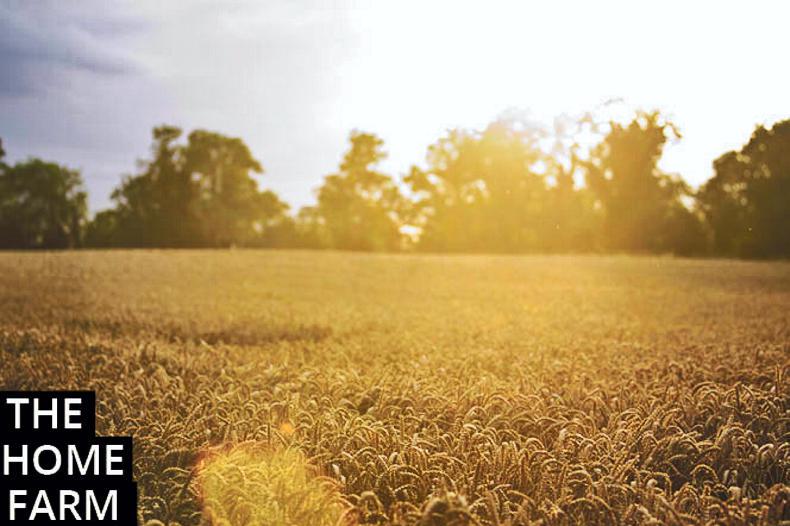
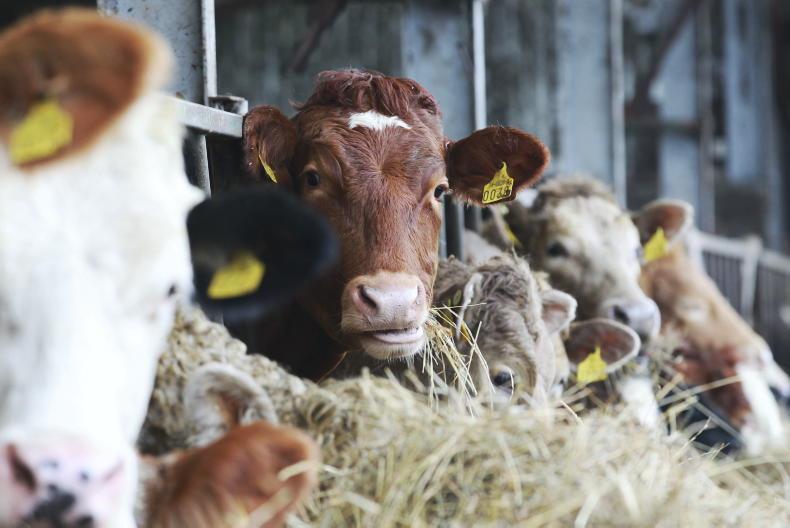

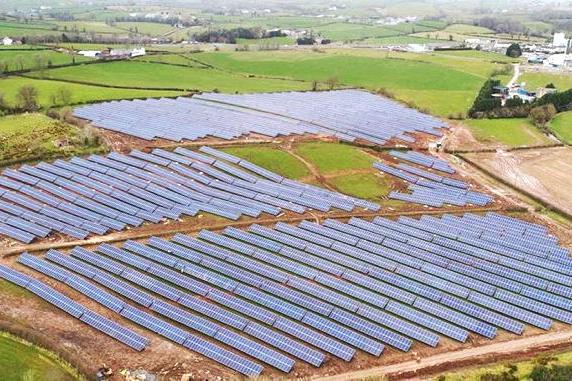
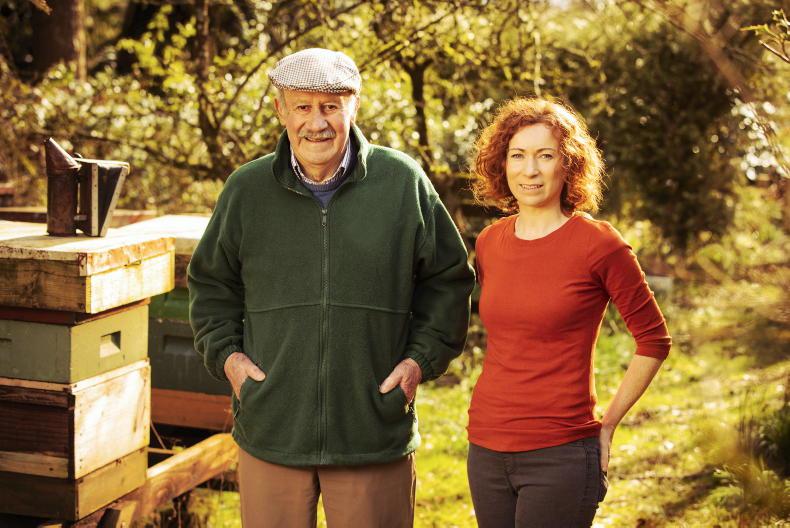
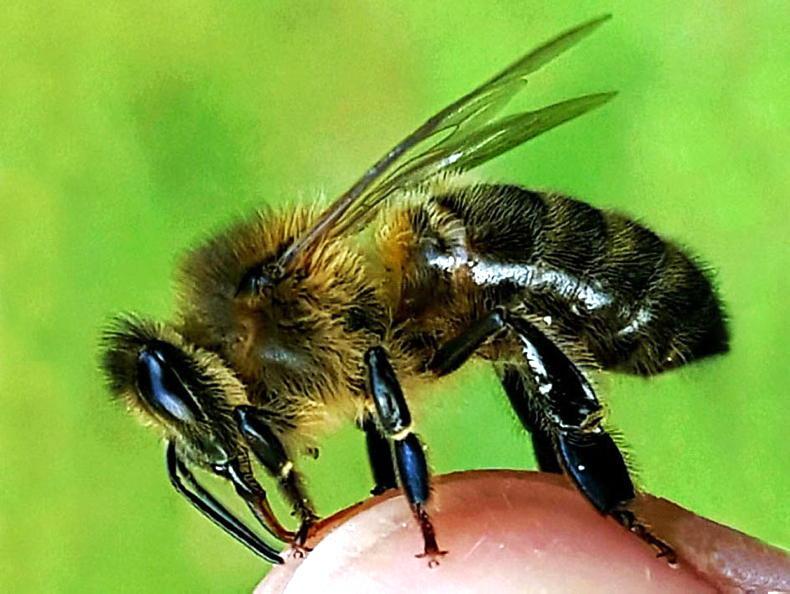
SHARING OPTIONS